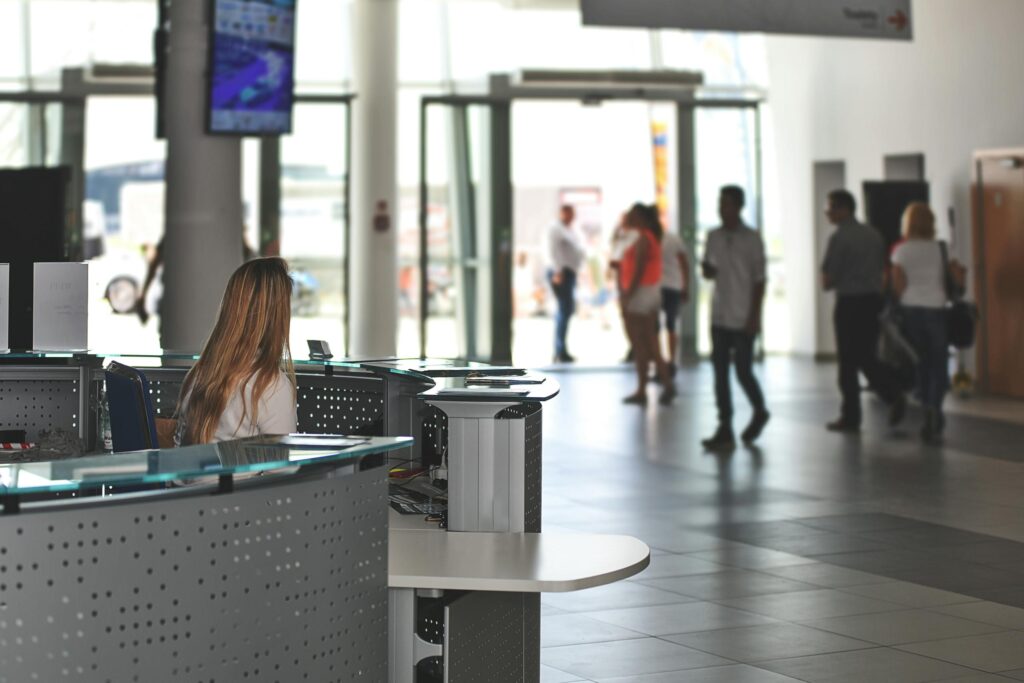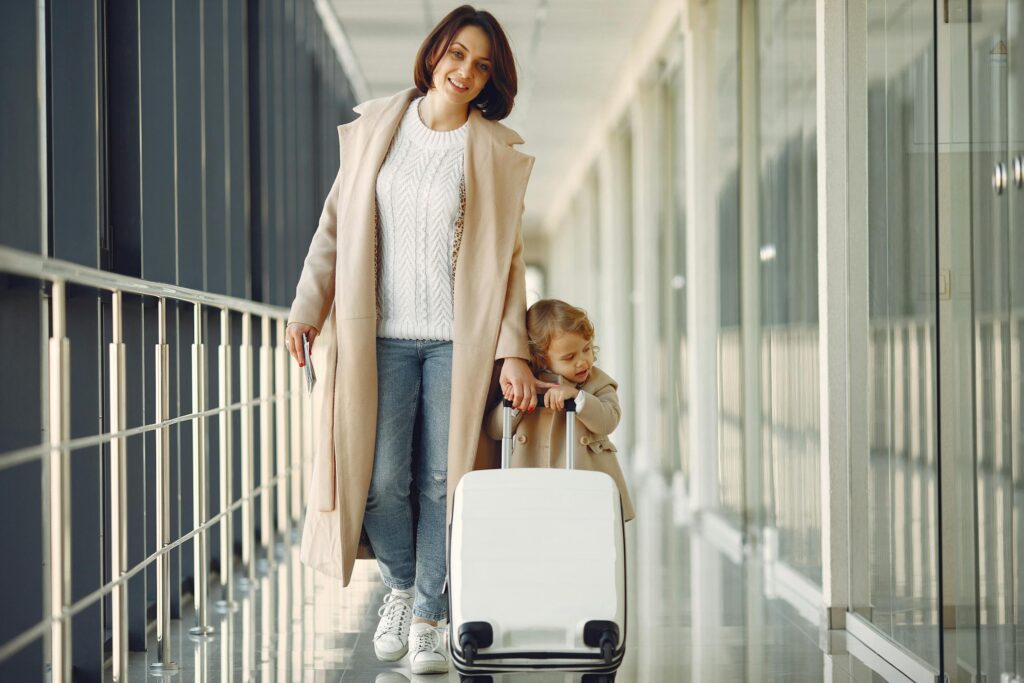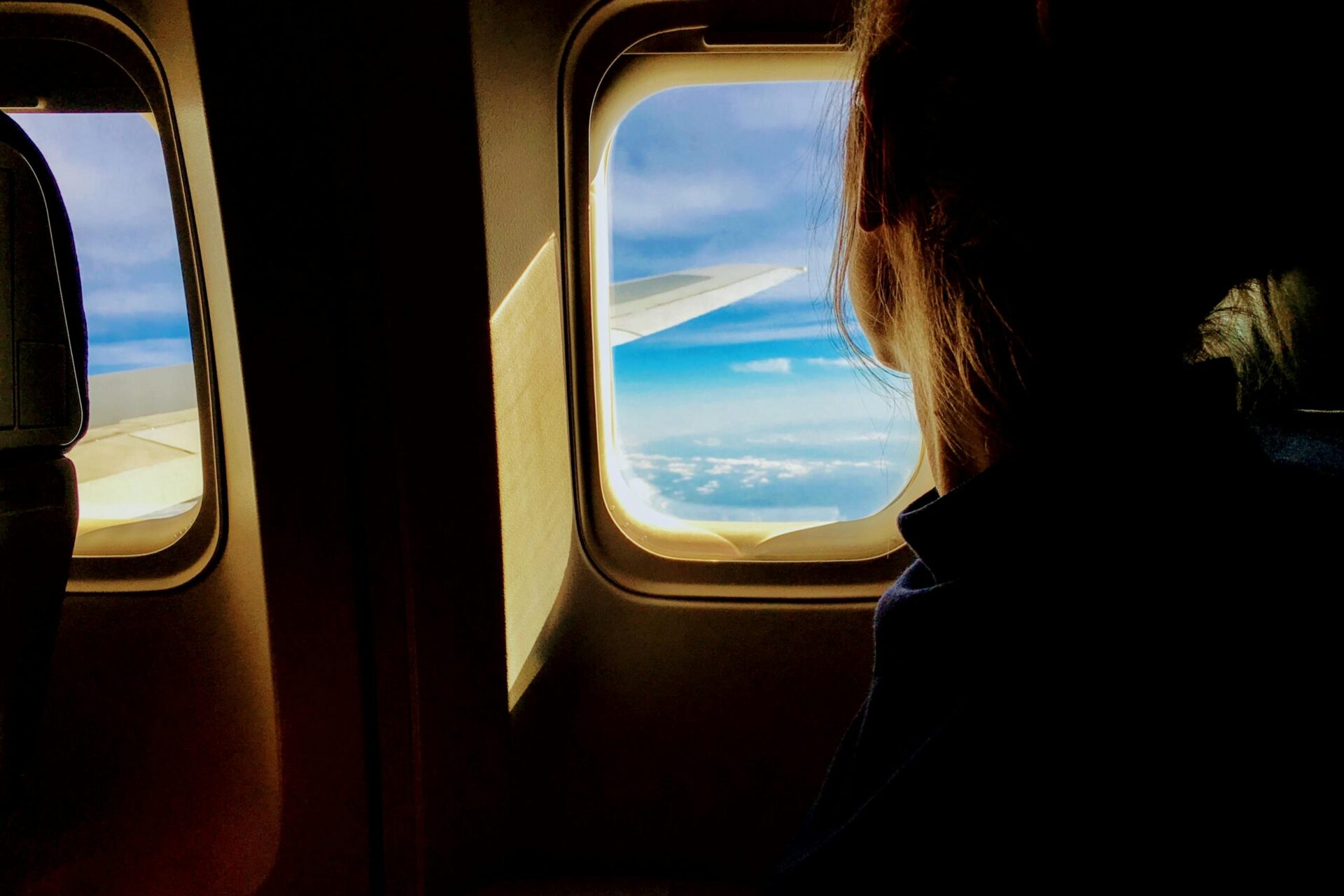Air travel can be an exciting way to start your journey, but it comes with a unique set of challenges, especially when it comes to packing. Understanding airline regulations, knowing what to pack, and how to organize your luggage can make your flight experience smoother and more enjoyable. This ultimate packing guide provides essential air travel tips, explores key regulations, and offers practical advice to ensure your trip gets off to a great start.
Understanding Airline Regulations

Before you start packing, it’s crucial to familiarize yourself with airline regulations. These rules are in place to ensure safety and efficiency, but they can vary depending on the airline, destination, and even the type of flight.
1. Baggage Allowance and Fees
Why It’s Important
Different airlines have different policies regarding baggage allowance, including the number of bags you can bring, size restrictions, and any associated fees. Knowing these details can help you avoid unexpected costs and ensure your luggage meets the requirements.
Examples
- Carry-On Baggage: Most airlines allow one carry-on bag and one personal item, but size limits vary. For example, Delta Air Lines allows carry-on bags up to 22 x 14 x 9 inches, while Ryanair has stricter size limits of 15.7 x 7.8 x 7.8 inches for free carry-on.
- Checked Baggage: Fees for checked luggage can vary significantly. Southwest Airlines includes two free checked bags, while many budget airlines charge for all checked baggage. Review the specific airline’s baggage policy before your trip.
2. Liquid Restrictions
Why It’s Important
Airlines enforce strict regulations on liquids in carry-on luggage to enhance security. Understanding these rules will help you pack your toiletries without running into issues at security checkpoints.
Examples
- The 3-1-1 Rule: In the U.S. and many other countries, liquids, gels, and aerosols in carry-on bags must be in containers of 3.4 ounces (100 milliliters) or less. All containers must fit in a single quart-sized clear plastic bag. Visit the TSA’s official website for more details.
- Exceptions: Certain items like medications, baby formula, and breast milk are exempt from the 3-1-1 rule but must be declared at security. Always carry a doctor’s note for prescription medications.
3. Prohibited Items
Why It’s Important
Airlines have a list of prohibited items that cannot be carried in your luggage. These include dangerous goods like flammable liquids, weapons, and certain sharp objects. Being aware of these restrictions will help you avoid delays and potential confiscation of items.
Examples
- Sharp Objects: Items like scissors and pocket knives are generally not allowed in carry-on bags but can be packed in checked luggage.
- Batteries: Most airlines restrict certain types of batteries, such as lithium-ion batteries over a specific watt-hour limit. Check with your airline if you plan to bring battery-powered devices. For further guidance, check out IATA’s Dangerous Goods Regulations.
Essential Air Travel Tips

1. Efficient Packing for Carry-On Luggage
Why It’s Important
Packing efficiently for your carry-on luggage ensures that you have everything you need during the flight while staying within the size and weight limits. An organized carry-on also allows you to breeze through security and avoid the risk of lost luggage.
Tips for Packing
- Pack Versatile Clothing: Choose clothing items that can be mixed and matched, reducing the number of pieces you need to bring. Opt for lightweight layers that can be adjusted based on the temperature.
- Use Packing Cubes: These help organize your carry-on, making it easier to find items and maximize space. Available on Eagle Creek.
- Keep Essentials Accessible: Items like your passport, boarding pass, snacks, and electronics should be easy to reach. Store these in an outer pocket of your carry-on or a small bag within your larger bag.
2. Navigating Security Checkpoints
Why It’s Important
Security checkpoints can be one of the most stressful parts of air travel. Knowing how to navigate them efficiently can save time and reduce stress.
Tips for Security
- Wear Easily Removable Shoes: Since you’ll need to remove your shoes at security, wear slip-on shoes to make the process quicker.
- Prepare Your Electronics: Place your laptop and any large electronics in a separate bin for screening. Keep them easily accessible in your carry-on.
- Empty Your Pockets: Avoid holding up the line by emptying your pockets of keys, coins, and other items before reaching the checkpoint. Place them in a small pouch in your carry-on.
3. Managing Long-Haul Flights
Why It’s Important
Long flights can be physically and mentally challenging. Being prepared with the right items can make the journey more comfortable and help you arrive at your destination feeling refreshed.
Tips for Comfort
- Bring a Neck Pillow: A good-quality neck pillow can make sleeping on the plane more comfortable. The Trtl Pillow, available on Amazon, is a popular choice for its compact design.
- Stay Hydrated: Airplane cabins are dry, so it’s important to drink plenty of water during the flight. Bring an empty water bottle through security and fill it up before boarding. Consider options like the collapsible Vapur Anti-Bottle for easy packing.
- Move Around: On long flights, get up and walk around every few hours to improve circulation and reduce the risk of deep vein thrombosis (DVT). Compression socks can also help.
Related Resource
For more air travel tips, visit The Points Guy’s Guide to Flying.
Final Tips for Air Travel

- Check-In Online: Save time at the airport by checking in online 24 hours before your flight. Most airlines allow you to choose your seat and download your boarding pass digitally.
- Charge Your Devices: Ensure all your electronic devices are fully charged before your flight. Many airports and airplanes have limited charging outlets, so it’s a good idea to bring a portable charger like the Anker PowerCore.
- Be Prepared for Delays: Pack snacks, entertainment, and essential medications in your carry-on in case of flight delays or cancellations.
By understanding airline regulations, packing efficiently, and preparing for the challenges of air travel, you can ensure a smoother and more enjoyable journey. Proper planning allows you to focus on the excitement of your trip, whether you’re traveling for business or pleasure.
Related Sites for Further Reading
- TSA’s Official Website
- Trip.com
- IATA’s Dangerous Goods Regulations
- Eagle Creek Packing Cubes
- Amazon’s Trtl Pillow
- Vapur Anti-Bottle
- The Points Guy’s Guide to Flying
- Anker PowerCore Portable Charger

